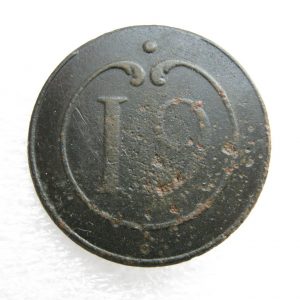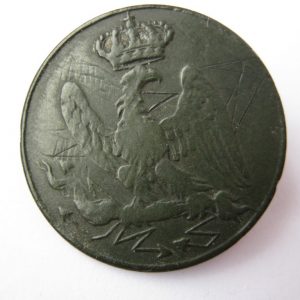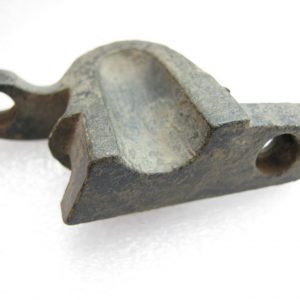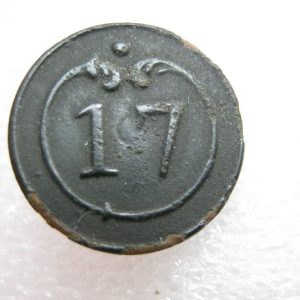Historical background
The regiment dates back to 1810 and was deployed by various Dutch regiments who fought from 1803 to 1810 under this number, mostly from the 2nd and 6th regiments of the Dutch army.
In June 1812, only the elite units of the first 3 battalions managed to get a French uniform. The rest of the soldiers and officers of the 123rd Regiment wore their old uniforms.
The 1st, 2nd, 3rd, and 4th battalions of the regiment took part in the march to Russia.
The regiment’s 1st, 2nd, and 4th battalions were part of the 3rd Brigade of the 9th Infantry Division, Division General Baron Pierre Merlier, Marshal Oudinot’s Second Army Corps.
To reinforce the regiment being in Russia from the depot of the regiment were sent soldiers of the 3rd battle battalion of the regiment. On September 1, 1812 it had 14 officers and 700 enlisted men. They were in the 12th temporary half-brigade of the 2nd Brigade, 31st Infantry Division, Division General Count Jean Matthieu Soeur of the Eleventh Army Corps.
They were also following the main forces of the regiment crossed the border of the Russian Empire as part of the following units:
- — 3rd Marching Battalion of the Second Army Corps — 2 officers and 83 lower ranks men.
- — Second Army Corps marching company — 1 officer and 24 lower ranks.
A Dutch Expeditionary Battalion of 21 officers and 530 lower ranks was sent to the 123rd Regiment.
The regiment was commanded by Colonel Antoine Avizar. 68 officers and 1,660 lowe ranks men were under his command at June 1, 1812.
In the Russian Campaign, the regiment took part in the battles of Polotsk, Berezina, in Stakhovsky Forest, in one place there were especially many buttons of the 123rd regiment.
In this forest, on the left side of the Berezina, soldiers of various regiments, contingents of different countries, paying with their lives, allowed tens of thousands of people to cross the river: soldiers who abandoned their weapons, civilians who moved with the retreating units of the Grand Army.
All four battalions that took part in the Russian Campaign were defeated or destroyed.
After the Russian Campaign of 1812, the regiment took part in the battles of Wittenberg and Wesel.
After the defeat of Napoleon and the first abdication the regiment was disbanded in 1814.
After 1814 the regiment number remained vacant.













Reviews
There are no reviews yet.